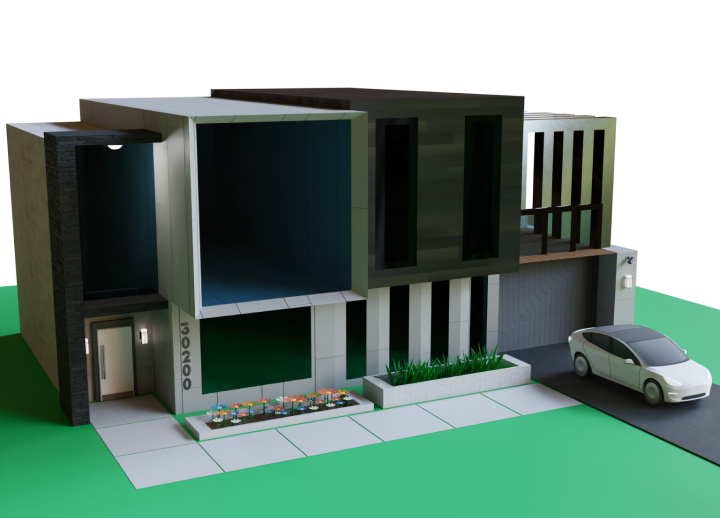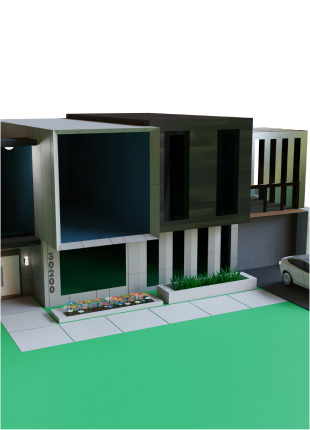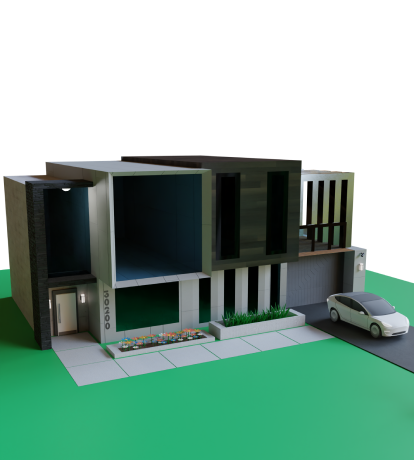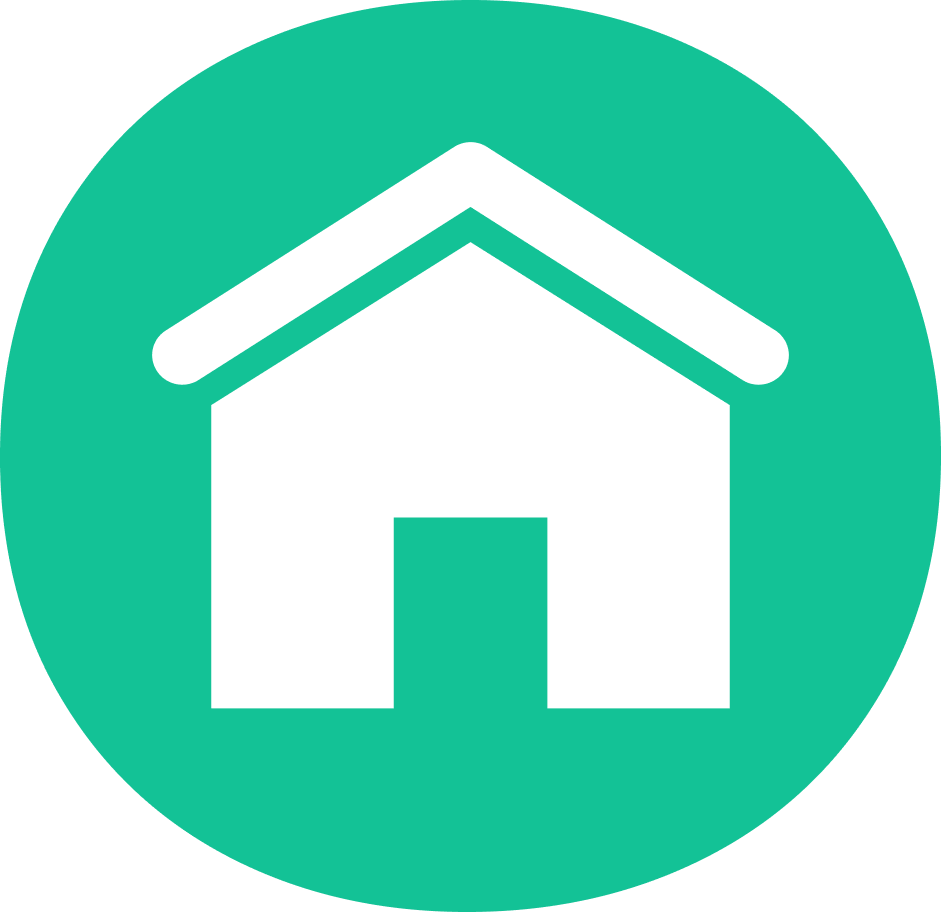
Renting is a great option for many people, but eventually you might want to buy your own place. So how long does it take? It's important to understand that not all home purchases are the same. There is a difference between your first-time purchase and someone who has bought multiple homes before. For this post, we’ll be looking at it from a first-time homebuyer lens.
\nFive steps to buying a home
\n\n1 Pre- Approval
\nBefore you start thinking about where to live, you need to figure out how much you can afford. Start by talking with lenders and getting pre-approved for what they’re willing to give you based on your income and other debt obligations. Remember there's no such thing as being too careful when it comes time to buy!\nThe pre-qualification is a guesstimate on how much you can afford based on what you tell the loan officer. The approval process must be done after an actual analysis of specific financial disclosures and holds more weight when it's time to make an offer for your new home! With steady work, proof of good credit, and no outlandish debt, this procedure could take anywhere between hours or to a few days.
\n2 House Hunting
\nYou should choose a neighborhood first and then look for the perfect home in that area. Imagine finding your dream house but hating the location! Make sure you think about how close things are like shopping centers, restaurants, and recreation areas. You also need to consider schools if you have children.\nOnce you have a neighborhood in mind, start hunting! Check out listings online and narrow down which homes might work best for YOU beforehand so looking at them offline can be time well spent rather than wasted. There's a lot you can do on your own when it comes to finding homes, but there are also many benefits of having the help from an experienced agent. You may find your dream home in a day or weeks later - either way patience is key!
\n3 Make an Offer
\nOnce you find your dream home, make sure to have a formal offer drafted immediately. Drafting an offer can take as little as an hour or potentially a full day if contingencies and specific changes need to be made in the contract. If the seller accepts your offer, typically there is a deposit required (called Earnest Money) which creates goodwill between all parties involved.\nYou may have a grace period in which you're able to change your mind and walk away from an offer for one reason or another. If there is a counteroffer on behalf of the seller, don’t be afraid to negotiate more.
\n4 Getting an Inspection
\nInspections are essential for a couple reasons. First, your lender will need a copy of the inspection report to determine the home's true value - this helps them calculate the LTV or loan-to-value ratio. Secondly, it can notify you of any significant flaws that could threaten your satisfaction with the purchase.\nMake sure you have a qualified inspector lined up as early as possible, so it gets completed before closing (typically 30-45 days). Your realtor should have some recommendations of reputable firms he or she has worked with and if not, they can easily find one for you in the area. You may also want to bring your agent along during the inspection because there are many questions that only an expert will know how to ask or even notice!
\n5 Contract to Closing
\nAfter you've agreed to move forward post-inspection, your lender will work on processing the mortgage and getting everything in order. Once they do that, they'll prepare a loan estimate for what you can expect out of pocket at closing day. They also arrange title searches so there are no issues with transferring ownership from seller to buyer when it comes time for the final step\nRealize that it may take 60-90 days to close on your mortgage, but this will be worth the wait so remain calm and focused.
\n






